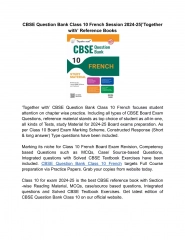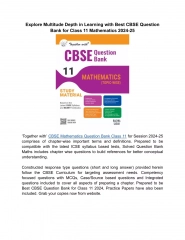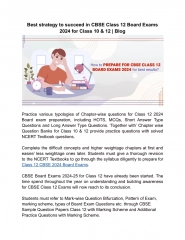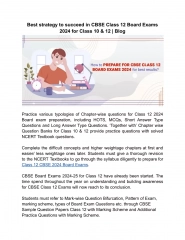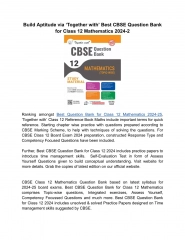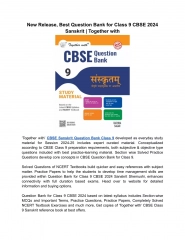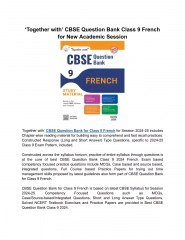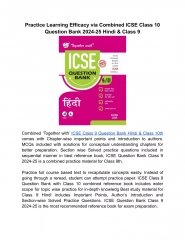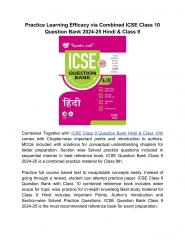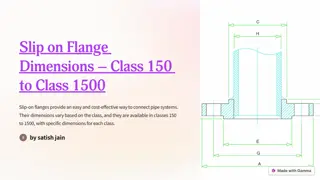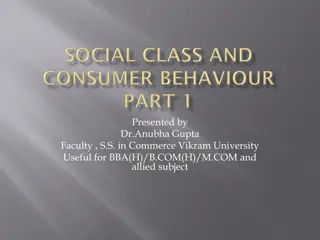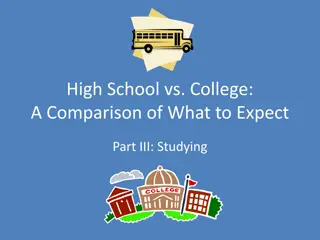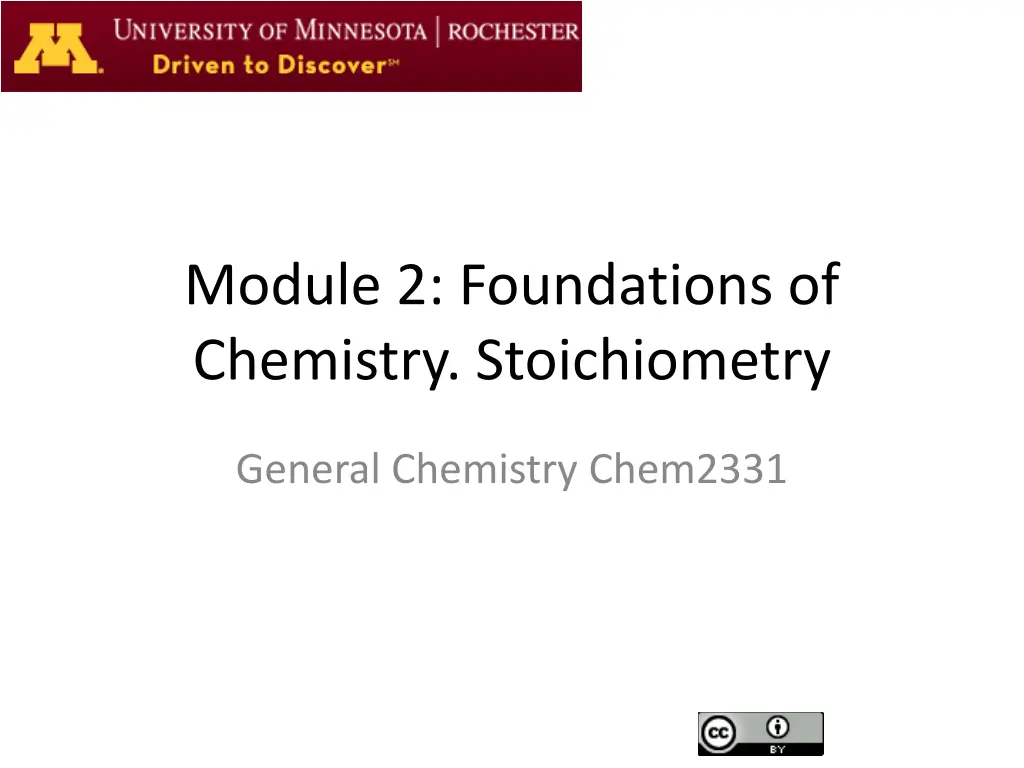
Chemistry Foundations: Stoichiometry Concepts
Explore fundamental chemistry concepts such as atomic mass, percent composition, balancing chemical equations, and stoichiometry in this educational module, covering topics from interchanging mass to combustion reactions. Dive into problems involving molecule quantities, chemical reactions, and the conservation of atoms, moles, and bonds.
Download Presentation

Please find below an Image/Link to download the presentation.
The content on the website is provided AS IS for your information and personal use only. It may not be sold, licensed, or shared on other websites without obtaining consent from the author. If you encounter any issues during the download, it is possible that the publisher has removed the file from their server.
You are allowed to download the files provided on this website for personal or commercial use, subject to the condition that they are used lawfully. All files are the property of their respective owners.
The content on the website is provided AS IS for your information and personal use only. It may not be sold, licensed, or shared on other websites without obtaining consent from the author.
E N D
Presentation Transcript
Module 2: Foundations of Chemistry. Stoichiometry General Chemistry Chem2331
Atomic mass: Interchanging mass, moles and molecules Mass Number of moles Number of particles
Interchanging mass, moles and molecules How many H atoms are in 72.5 g of C3H8O ? Chem 2331: General Chemistry 3
Percent mass You find a compound composed only of element X and hydrogen, and you know that it is 91.33% element X by mass. Each molecule has 2.67 times as many H atoms as X atoms. What is element X? Hemoglobin is the protein that transports oxygen in mammals. Hemoglobin is 0.342% Fe by mass, and each hemoglobin molecule contains four iron atoms. Calculate the molar mass of hemoglobin
Balancing equations It s a question of proportion. 2 H2 + O2 2H2O Two hydrogen molecules + One oxygen molecule Two water molecules OR 4 H2 + 2O2 4H2O OR 8 H2 + 4O2 8H2O Two moles of H2 + One mole of O2 Two moles of water Chem 2331: General Chemistry 5
Balancing equations of combustion What are the coefficients for the combustion of fuel? C8H18 + O2 CO2 + H2O Balanced chemical equations imply which of the following? (at least one is correct) a) Numbers of molecules are conserved in chemical change b) Numbers of atoms are conserved in chemical change c) Numbers of subatomic particles are conserved in chemical change d) Number of grams is conserved during chemical change e) Number of chemical bonds is conserved during chemical change f) Numbers of moles are conserved during chemical change Chem 2331: General Chemistry 6
Balancing equations 2 C + 3 H2 1 C2H6 a) If you have 12 atoms of carbon and 12 molecules of H2 how many molecules of ethane can you make? Leftovers? b) If you have 1 mole of carbon and 1 mole of hydrogen H2. How many moles of ethane? c) If you have 10g of C and 10g of H2 react. How many grams of ethane do we have?
Balancing equations Consider a reaction in which two reactants make one product (for example, consider the unbalanced A + B C). You know the following: 2.0 mol A (with an excess of B) can make a maximum of 2.0 mol C 3.0 mol B (with an excess of A) can make a maximum of 4.0 mol C If you react 2.0 mol A and 3.0 mol B, what is the maximum amount of C that can be produced? Consider the following balanced equation: A(g) + 5B(g) 3C + 4D When equal masses of A and B are reacted, which is limiting? Select one: a. If the molar mass of A is less than the molar mass of B, then B must be limiting. b. If the molar mass of A is greater than the molar mass of B, then A must be limiting. c. More information is needed. d. If the molar mass of A is less than the molar mass of B, then A must be limiting. e. If the molar mass of A is greater than the molar mass of B, then B must be limiting. Chem 2331: General Chemistry 8
Amounts of products Calculating Amounts of Reactants and Products Sample Problem 3.10 PROBLEM: Copper is obtained from copper(I) sulfide by roasting it in the presence of oxygen gas) to form powdered copper(I) oxide and gaseous sulfur dioxide. (a) How many moles of oxygen are required to roast 10.0 mol of copper(I) sulfide? (b) How many grams of sulfur dioxide are formed when 10.0 mol of copper(I) sulfide is roasted? (c) How many kilograms of oxygen are required to form 2.86 kg of copper(I) oxide? PLAN: write and balance equation find mols Cu2O find mols O2 find mols SO2 find mols O2 find g SO2 Chem 2331: General Chemistry 9 find kg O2

